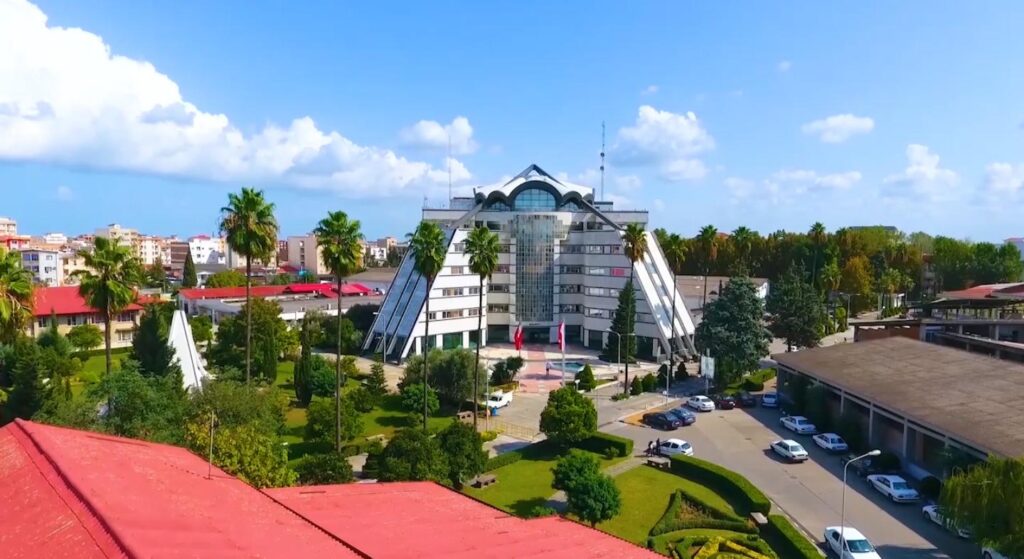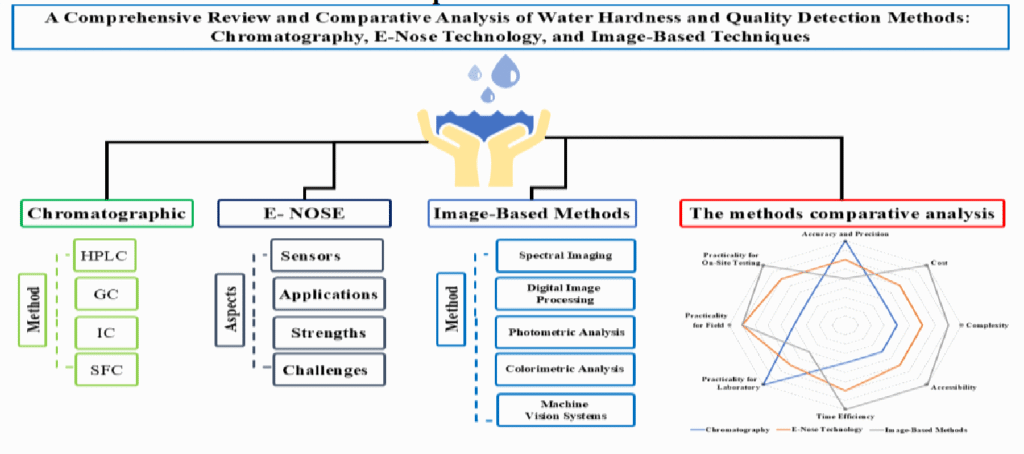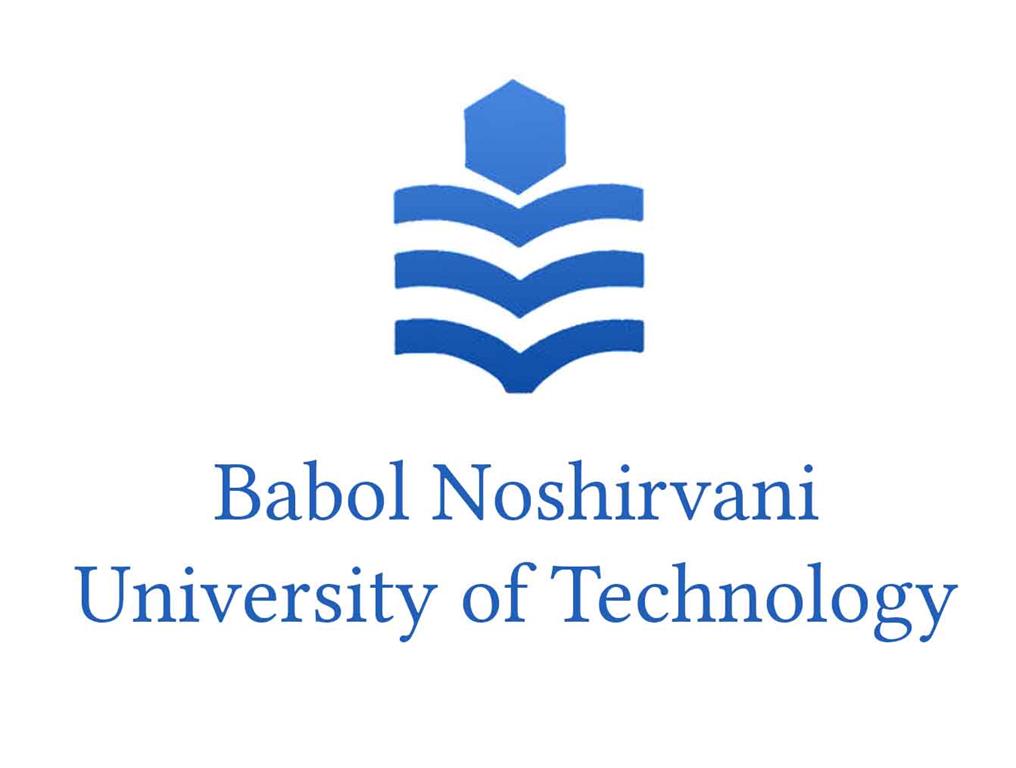RARL, in collaboration with Babol Noshirvani University of Technology

RARL, in collaboration with Babol Noshirvani University of Technology (Babol, Mazandaran, Iran), has published a significant review article on advanced methods for detecting water hardness and evaluating water quality. The study, titled “A Comprehensive Review and Comparative Analysis of Water Hardness and Quality Detection Methods: Chromatography, E-Nose Technology, and Image-Based Techniques,” appears in Volume 39, Issue 7 (July 2026) of the International Journal of Engineering (Pages 1657–1671). DOI: 10.5829/ije.2026.39.07a.10. Full details are available at www.ije.ir.
The paper, authored by A. J. Moshayedi, B. Firouzi, M. J. Jawadi, X. Zhang, and M. Elyasi, presents a comparative analysis of three key approaches—chromatography, electronic nose (E-nose) systems, and image-based technologies—highlighting their advantages, limitations, and potential for integration in practical applications.
Highlights from the review include:
- Chromatography methods remain the benchmark for accuracy and ion-specific detection, though they require laboratory infrastructure and specialized expertise.
- E-nose technologies provide rapid, cost-effective screening through detection of volatile compounds, with ongoing challenges in calibration and long-term stability.
- Image-based techniques employ computer vision and machine learning for non-invasive water assessment, opening opportunities for scalable and even smartphone-based applications, but needing robust datasets and consistent imaging conditions.
The authors further emphasize the potential of hybrid detection strategies—such as using E-nose systems for rapid field tests complemented by confirmatory chromatography—while calling for more field validation, standardized datasets, and sensor calibration improvements.
This collaborative work between RARL and Babol Noshirvani University offers researchers, engineers, and policymakers an in-depth perspective on emerging and established technologies for safeguarding water quality. The full article is available in the International Journal of Engineering (July 2026 issue) and accessible via DOI 10.5829/ije.2026.39.07a.10.


